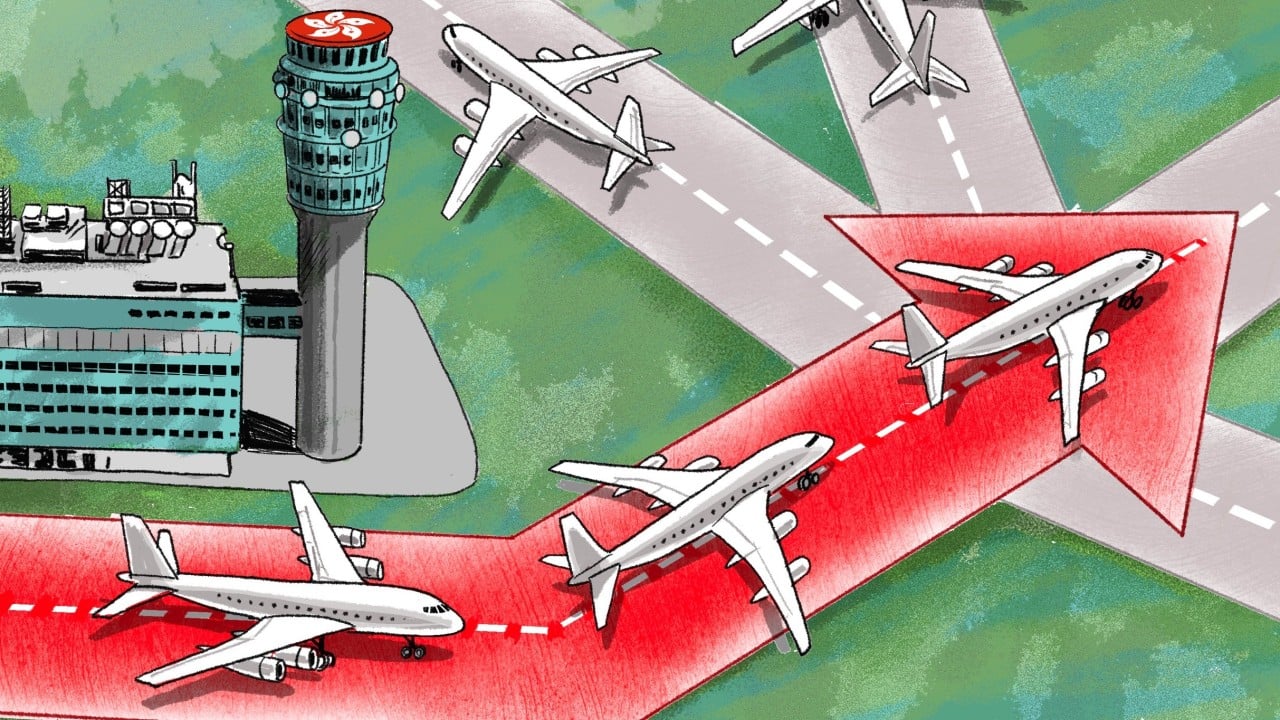In the fiercely competitive post-pandemic aviation industry, Hong Kong International Airport (HKIA) faces mounting pressure to redefine its role in Asia’s skies. It faces the question of whether it can maintain its status as Asia’s leading gateway or be overshadowed by rivals such as South Korea’s Incheon airport and Singapore’s Changi Airport, which are rapidly improving their strengths in transit connectivity and passenger experience.
Advertisement
Asia’s leading airports sustain the aviation sector. Hong Kong faces the dual task of staying ahead in a rapidly changing aviation landscape and addressing the pressing need for sustainable practices.
The city’s presence in global air travel began in a time when its international airport was located in Kai Tak and photos of planes landing over the city skyline became famous. The opening of the new airport at Chek Lap Kok in 1998 positioned Hong Kong as Asia’s premier gateway during an era of rapid economic growth.
The rise in global trade volatility in recent years has not dimmed HKIA’s considerable potential. The airport continues to play a major role as the world’s busiest air cargo hub. It handles more than 4.3 million tonnes of cargo each year, specialising in high-value products such as pharmaceuticals and electronics.
Hong Kong’s importance as a cargo transport hub has stayed strong in spite of changes driven by geopolitical tensions and snarls in global supply chains. Collaborations with logistics companies such as the Cainiao Smart Logistics Network will further enhance HKIA’s presence as a key player in supply chains oriented towards e-commerce.
Advertisement
There has also been a surge in the number of passengers at HKIA. The airport handled 45.2 million passengers in the financial year ending March 31, 2024, representing a year-on-year increase of 264.5 per cent.

